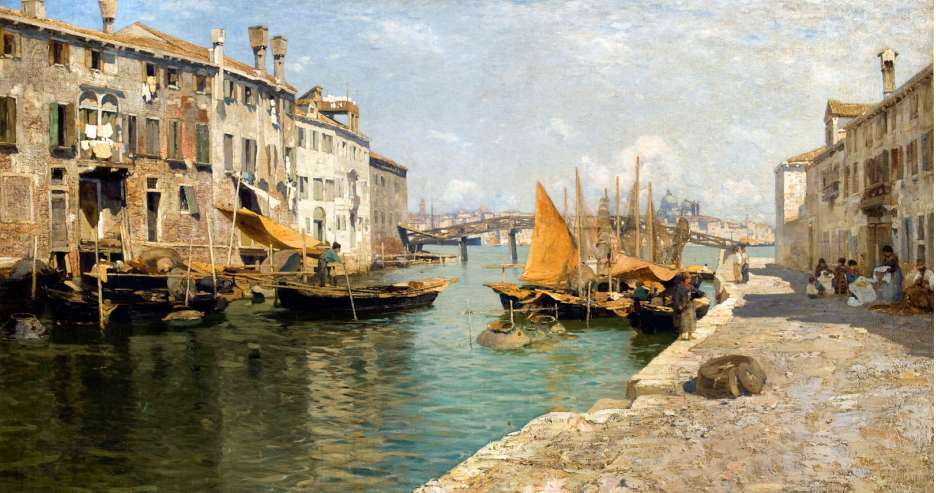Planning Venice after the Italian Unification: The Development of a Space-based Identity
Guido Zucconi

Abstract
The article focuses on the new concept of ‘ambiente urbano’, as emerged at the turn of the last century in Venice. Painters, photographers, and writers contributed to the elaboration of this concept, partly reflected into the new term ‘Venezia minore’. Born out of the conflict initiated in 1885, due to urban modernization projects, these notions were initially based on spatial identity and focused on the less known corners of the city, fostering their conservation. Following 1910, however, architects start applying these concepts to the field of urban design, as shown in the social housing settlement of Sant’ Elena, in the city’s periphery. In the 1940s, there was an attempt to mirror the old into the new, by recreating urban patterns, presumably typical of the old city of Venice. It was until the publication in 1948 of the book Venezia minore analysing in terms of morphology the urban context, that this story was fully elaborated. Highlighting unknown fragments of Venetian contemporary urban history and integrating them to the planning history of the city, this article overcomes the usual antithetical reading of conservation against sanitary planning, throwing light to the Italian concept of ambiente and tracing its history up to the 60s.
Zucconi, G. “Planning Venice after the Italian Unification: The Development of a Space-based Identity”, Planning Perspectives 37, no. 3 (2022): 583-614. Published online: 23 Mar 2022. https://doi.org/10.1080/02665433.2022.2051063


